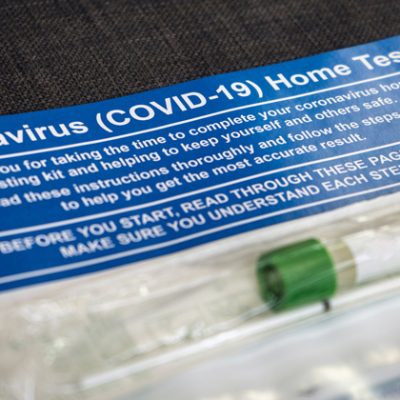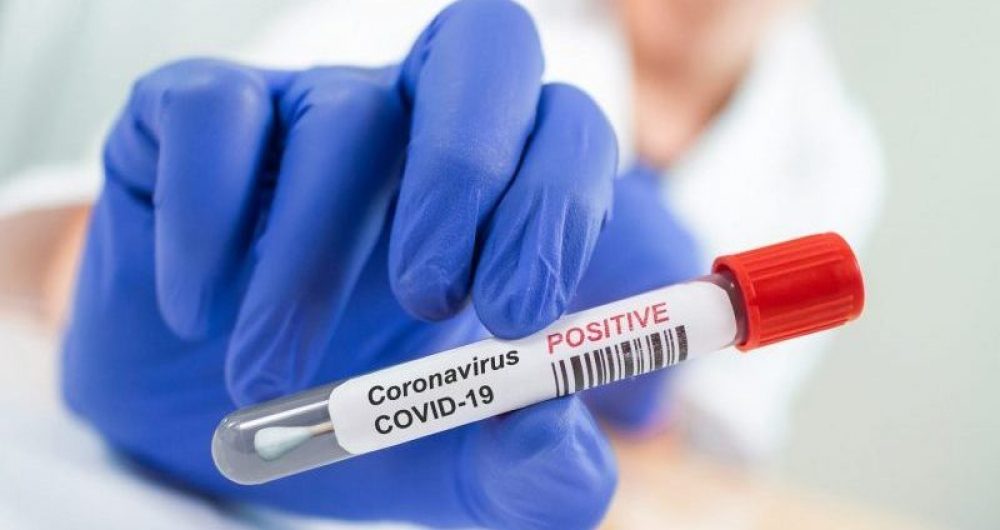Rapid Covid tests taken in schools will now need a follow-up lab test to confirm their result from tomorrow, the Department for Education (DfE) has said.
The Department for Health and Social Care (DHSC) revealed yesterday it would be reintroducing requirements to take a polymerase chain reaction (PCR) tests for those who test positive using a lateral flow device (LFD). This was to help identify specific Covid variants, the department said.
The change in tack comes after parents and experts warned the government’s current policy to forgo the confirmatory lab test for pupils being tested in schools was “illogical” and meant pupils were self-isolating unnecessarily after just returning to the classroom.
The DHSC said the new guidance will become operational from tomorrow.
Differing guidelines for Covid tests
During the first fortnight of the full return to schools, secondary age pupils were expected to be tested three times on-site before switching to twice weekly home-testing.
Under the policy at the time, pupils told to self-isolate after a positive LFD test carried out in school were told they did not need to then take a PCR test to confirm the result. Even if they did take the more accurate lab test, the original LFD results could not be overridden.
In contrast, when taking the test at home pupils were told to take a confirmatory PCR test which could override an initial positive result if negative.
But updated DfE guidance now states: “All positive results from rapid tests, whether conducted at home or at a school or college need to be confirmed with a PCR test within two days of the positive lateral flow test.”
If the PCR test is negative, provided it was taken within two days of the positive LFT, it overrides the lateral flow test and pupils, students and staff can return to school or college, and close contacts and other household members can stop self-isolating, the guidance states.
PCR tests are recognised as the most reliable Covid-19 tests by the government, however as they are processed in a laboratory and take much longer to produce a result than the rapid LFD tests – which can provide results in around 30 minutes.
 An asymptomatic testing trial in Liverpool previously found around one in 1,000 people without symptoms received a false-positive result when taking an LFD test.
An asymptomatic testing trial in Liverpool previously found around one in 1,000 people without symptoms received a false-positive result when taking an LFD test.
The DHSC states that at times of low prevalence, the probability of a false positive from an LFD is higher, “so we are mitigating this by asking people to confirm a positive LFD result with a PCR test”.
The majority of secondary pupils taking part in the voluntary testing will now be doing so from home, but secondary schools were told to retain small asymptomatic testing sites on-site to offer testing to pupils “who are unable or unwilling to test themselves at home”.
‘Genotype assay testing’
The DHSC explained the reason behind the policy change is it can make use of ‘genotype assay testing’ – a new technology which it says could halve the time it take to identify if a positive Covid test contains a “variant of concern”.
“Genotype assay testing is compatible only with PCR tests and in order to detect the maximum number of cases with variants, the government is reintroducing confirmatory PCR testing for positive LFD test results in England”, it adds.
Under the new rules, contact tracing will continue to be triggered by a positive LFD result in assisted settings, such as schools, but will be stopped automatically after receipt of a negative confirmatory PCR test, if the PCR was taken within two days of the initial result.
NHS Test and Trace has introduced new operational improvements that will automatically inform anyone self-isolating from a positive LFD and their contacts to stop isolating if the confirmatory PCR is taken within two days and is negative.
The DHSC added: “This means we can reintroduce confirmatory PCR for supervised testing without losing the benefits of rapid contact tracing, and freeing people and their contacts from self-isolation in the instance of a false positive.”








I am wondering if somebody can explain why even though testing for staff and pupils is voluntary at schools, why some schools are actively enforcing mandatory testing at their schools and refusing to allow those who decline being tested attendance to schools??
I am in touch with numerous parents wh9m this is happening to on a daily basis???
One minor correction:
“The DHSC states that at times of low prevalence, the probability of a false positive from an LFD is higher,”
should be
“… the probability of a positive LFD result being a false positive is higher.”
This article is good for most info but it is missing (Like most places) on what to do with negative LFT and what happens in this scenario (E.g. Child sent home from school as there is a positive case and the entire class is sent home, LFT daily is negative). Does that child still have to isolate. Schools and nurserys seem to refuse the results of an LFT but can’t find much info on this all the guidence is around positive tests.